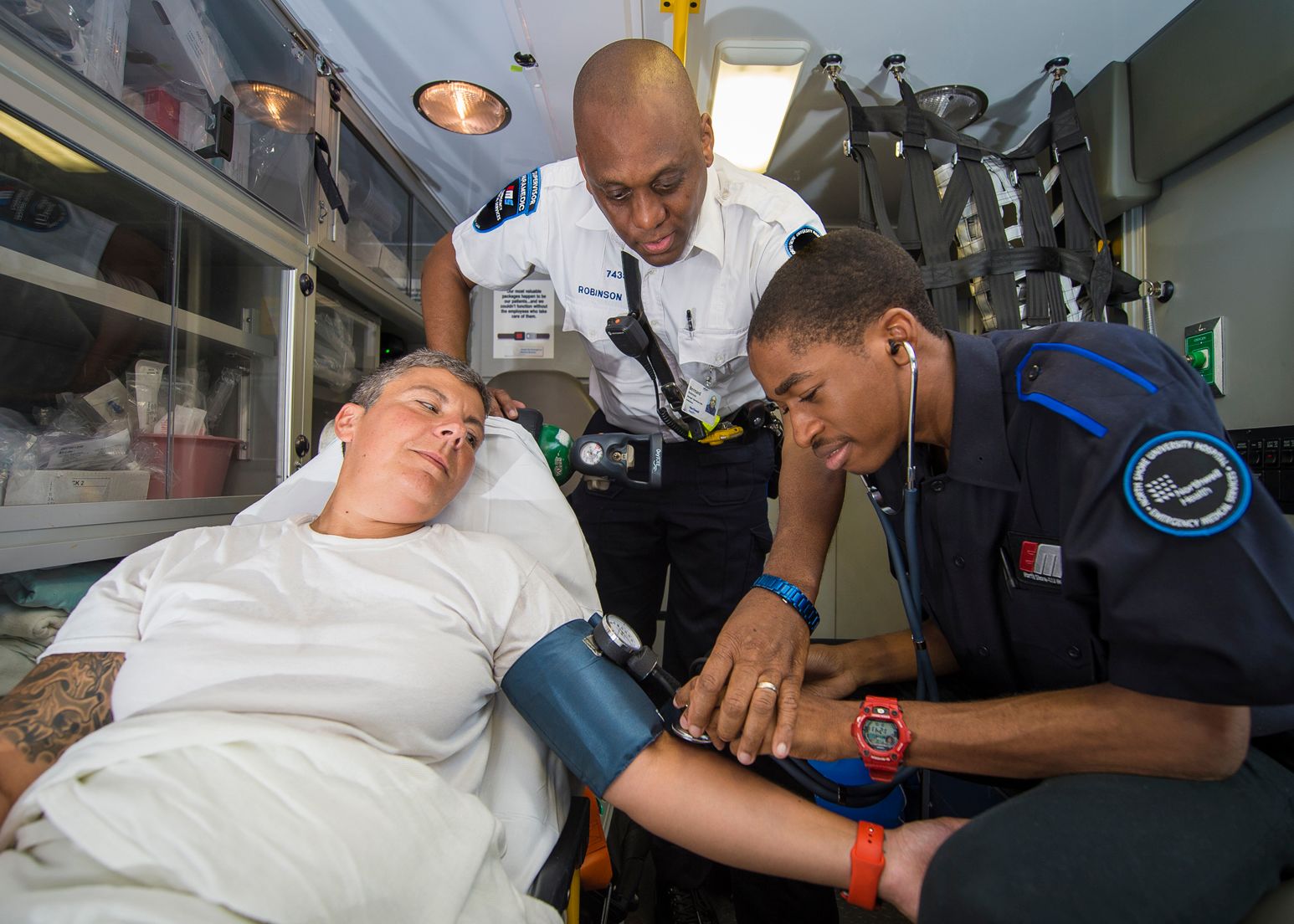Emergency medical services are an essential one and a career in it is rewarding. It is centered around helping people and providing life-saving medical care. If you’re thinking of being an Emergency Medical Technologist (EMT), or even moving up to the esteemed position of a Paramedic then you’ll be joining an occupation with huge growth prospects and a need for highly trained professionals. In this article, we’ll guide you through the steps to become an EMT and paramedic, exploring the various training options available, including DSHS approved EMS training course.

Understanding the Role of EMTs and Paramedics:
Emergency Medical Technicians (EMTs) and paramedics are first responders who provide medical attention immediately in the event of an emergency. They are trained to assess and provide treatment to patients, and transfer them safely to medical facilities for the treatment they require. Paramedics, EMTs and other medical professionals play a vital role in stabilizing a patient in an emergency taking quick decisions, and offering compassionate care to patients suffering from distress.
Step 1: Becoming a EMT
In order to become an EMT you will need to take a number of different education and training programs. They can vary based on the certification level you aim to achieve. There are three degrees of EMT certification.
1. EMT-Basic (EMT-B) The EMT-B is the first-level certification that needs between 100 and 150 hours of education. EMTs-B have been trained in basic medical procedures, such as CPR as well as bleeding control and the basics of managing airways.
2. EMT-Intermediate (EMT-I) EMT-I is a level that requires an additional level of training and may vary between states. It is possible to combine this level with EMT B in some places, but it may also require between 200 and 400 hours of training. It also includes in-hospital treatment as well as expanded medical expertise.
3. EMT Paramedic (EMT P): EMT-P is the highest certification level for EMTs. The training required to earn this credential typically takes between 1,000 and 1,800 hrs. Paramedics possess advanced expertise in medical procedures like administering medication, reading EKGs, and directing airways.
Step 2: Obtaining Paramedic Certification
If you’re looking to become paramedic, then you must first pass the EMT-B or EMT-I levels and get some practical experience. Then, you’ll be able to enroll in the paramedic training course, which generally takes one to two year to complete. In this rigorous training, you’ll dive into the most advanced medical subjects and acquire the necessary skills and knowledge to be able to tackle critical situations by yourself.
Check out EMT possibilities for training:
You’re able to choose among a number of options regarding EMT certification, depending on what level you want to attain. EMT training is generally offered by community colleges and medical trades schools for all certifications. These programs integrate classes with hands-on training in clinical and field settings.
If you’re searching for a deeper and comprehensive EMT program that can lead to a degree, universities and colleges could offer EMT education at the EMT-Paramedic level. These programs offer a more extensive knowledge of emergency medical services and give you a broader perspective on the medical care of patients and decision-making.
Step 4: Make sure you have DSHS-approved EMS training
If you’re interested in becoming an paramedic or EMT, it’s essential that the training program that you select be DSHS-approved. The Department of State Health Services, or DSHS has the authority to approve EMS Training Courses to ensure the highest standards of training. You can be assured of getting the highest quality training when you enroll in a DSHS accredited EMS training program.
An occupation in the field of EMT or paramedic is extremely rewarding and well-respected. EMTs and Paramedics are first emergency responders and play a crucial role in saving and giving medical attention immediately in emergency situations. To embark on this lifesaving endeavor, EMTs and Paramedics are required to complete the necessary education and training. Depending on the certification level desired, individuals can choose from various EMT programs, including medical trade schools, as well as university programs.
It is crucial to evaluate the various training options available to you and to make sure that the EMS course you select is approved by the DSHS. You can be confident that the education you receive is in compliance with all the requirements to get EMT or paramedic certification.
As the demand for skilled emergency medical professionals increases, entering the field of EMS can provide a wide range of opportunities as well as the chance to make an enormous impact on the lives of others. It doesn’t matter if you begin as an EMT-Basic or aspire to become a paramedic your commitment to providing vital care will be rewarded with the satisfaction of a rewarding and purpose-driven job in emergency medical care.
